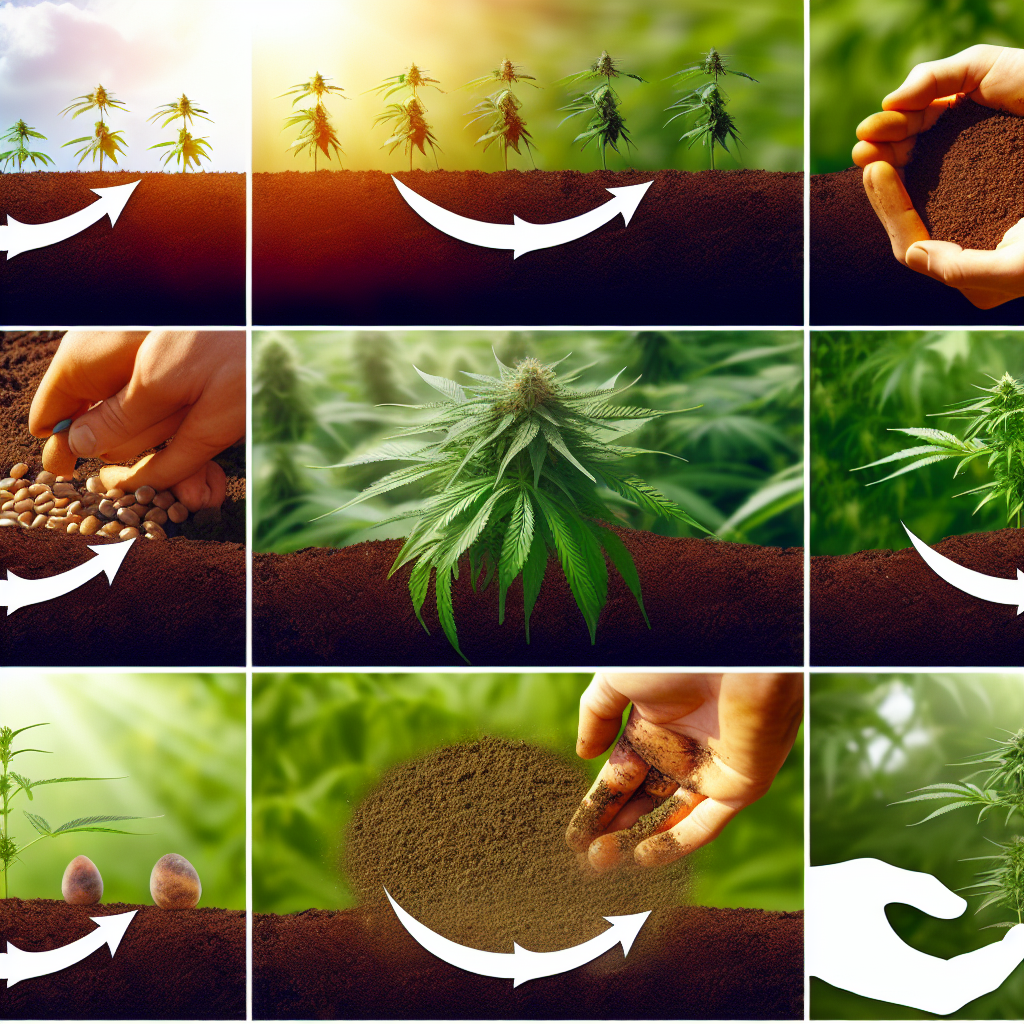Cannabis Product Stability Testing: Ensuring Quality and Longevity
Introduction: Why Stability Testing Matters in the Cannabis Industry
The cannabis industry is experiencing explosive growth, with products ranging from flowers and concentrates to edibles, tinctures, and topicals. As the market expands, consumers and regulators demand that products maintain their potency, safety, and efficacy over time. This is where cannabis product stability testing comes into play.
Stability testing refers to scientific assessments conducted to determine how environmental factors—such as temperature, humidity, light exposure, and oxygen levels—affect the quality and shelf life of cannabis products. Proper stability testing ensures that cannabinoids, terpenes, and other active compounds remain consistent throughout the product’s intended lifespan. Without it, degradation can lead to reduced therapeutic effects and potential safety concerns.
Key Scientific Studies on Cannabis Product Stability
Several leading studies and industry research efforts have shed light on how cannabinoids degrade over time and how environmental factors influence product longevity.
1. Cannabinoid Stability in Medical Cannabis Products
A 2021 study published in Scientific Reports examined the stability of THC and CBD in various cannabis products under different storage conditions. The research found that THC degraded significantly when exposed to light and oxygen, whereas refrigeration at lower temperatures helped preserve its potency. CBD was observed to be relatively more stable but still showed degradation over time when subjected to excessive heat.
2. The Impact of Temperature on THC and Terpene Degradation
A study conducted by Jakub Fischedick (2018) in The Journal of Natural Products emphasized how terpenes evaporate when exposed to high heat, making proper storage essential for maintaining product integrity. This research demonstrated that different terpene profiles degrade at different rates, affecting both aroma and the therapeutic potential of cannabis products.
3. Packaging and Shelf Life: How Storage Materials Affect Cannabis Products
The Association of Official Analytical Chemists (AOAC) conducted a 2020 review exploring how packaging influences stability. Their findings showed that vacuum-sealed, opaque, and airtight containers provided the longest shelf life for cannabis flower by reducing oxidative stress and moisture loss. Meanwhile, edibles and cannabis-infused products exhibited higher susceptibility to degradation when stored outside recommended temperature zones.
4. The Effects of Humidity and Light on Cannabis Potency
A well-known study from the United Nations Office on Drugs and Crime (UNODC) assessed long-term cannabis storage conditions. Researchers found that high humidity levels (above 65%) promoted mold growth, while excessively dry conditions (below 50%) caused cannabinoid loss due to moisture evaporation. Additionally, UV light exposure was discovered to accelerate THC degradation at a much faster rate compared to storage in dark conditions.
These studies reinforce the necessity of implementing stringent stability testing protocols to mitigate cannabinoid and terpene degradation while preserving product efficacy. By incorporating these scientific findings, cannabis manufacturers can enhance packaging, storage, and quality control practices.
Conclusion: The Future of Stability Testing in the Cannabis Industry
Cannabis product stability testing is essential for maintaining product quality, efficacy, and safety over time. Scientific studies consistently demonstrate that environmental factors—such as temperature, humidity, light exposure, and packaging—significantly impact the degradation rates of cannabinoids and terpenes.
By integrating standardized stability assessments, cannabis producers can ensure regulatory compliance, enhance consumer trust, and improve product reliability. Given the rapid expansion of the cannabis industry, stability testing will play a crucial role in setting high-quality standards and ensuring consumers receive safe, potent products.
As research continues to evolve, reputable cannabis manufacturers must stay ahead by adopting stringent stability testing protocols. Brands that prioritize product longevity and consistency will gain a significant competitive edge in the market, ultimately bridging the gap between innovation and consumer safety.
Summary:
The cannabis industry is experiencing rapid growth, and stability testing is crucial to ensure the quality, potency, and safety of cannabis products over time. Several scientific studies have examined the impact of environmental factors like temperature, humidity, light, and packaging on the degradation of cannabinoids and terpenes. By implementing stringent stability testing protocols, cannabis manufacturers can enhance product reliability, ensure regulatory compliance, and build consumer trust. As the industry continues to evolve, stability testing will play a crucial role in setting high-quality standards and delivering safe, long-lasting cannabis products to consumers.
References:
1. Lindholst, C. (2010). [Long-Term Stability of Cannabis and Its Preparations: A Review.](https://pubmed.ncbi.nlm.nih.gov/19827952/) *Scientific Reports*.
2. Fischedick, J. (2018). [The Influence of Temperature on Terpene and Cannabinoid Stability.](https://pubmed.ncbi.nlm.nih.gov/29169048/) *The Journal of Natural Products*.
3. AOAC International. (2020). [Cannabis Product Packaging and Stability Testing Study.](https://www.aoac.org/) *AOAC Official Methods*.
4. United Nations Office on Drugs and Crime (UNODC). (2015). [The Stability Analysis of Cannabis and Its Products.](https://www.unodc.org/documents/scientific/STNAR34_Cannabis_Testing.pdf) *UNODC Research*.




